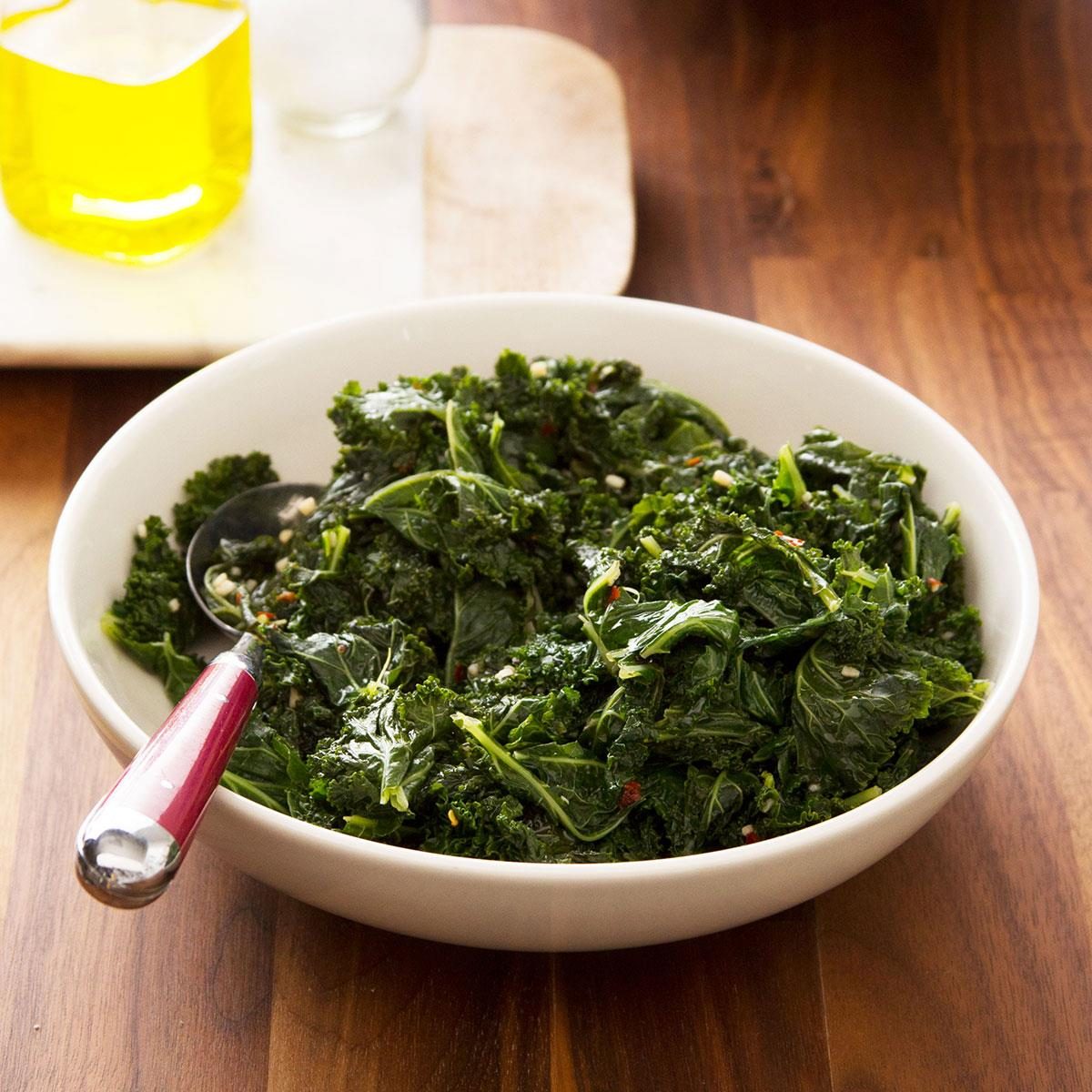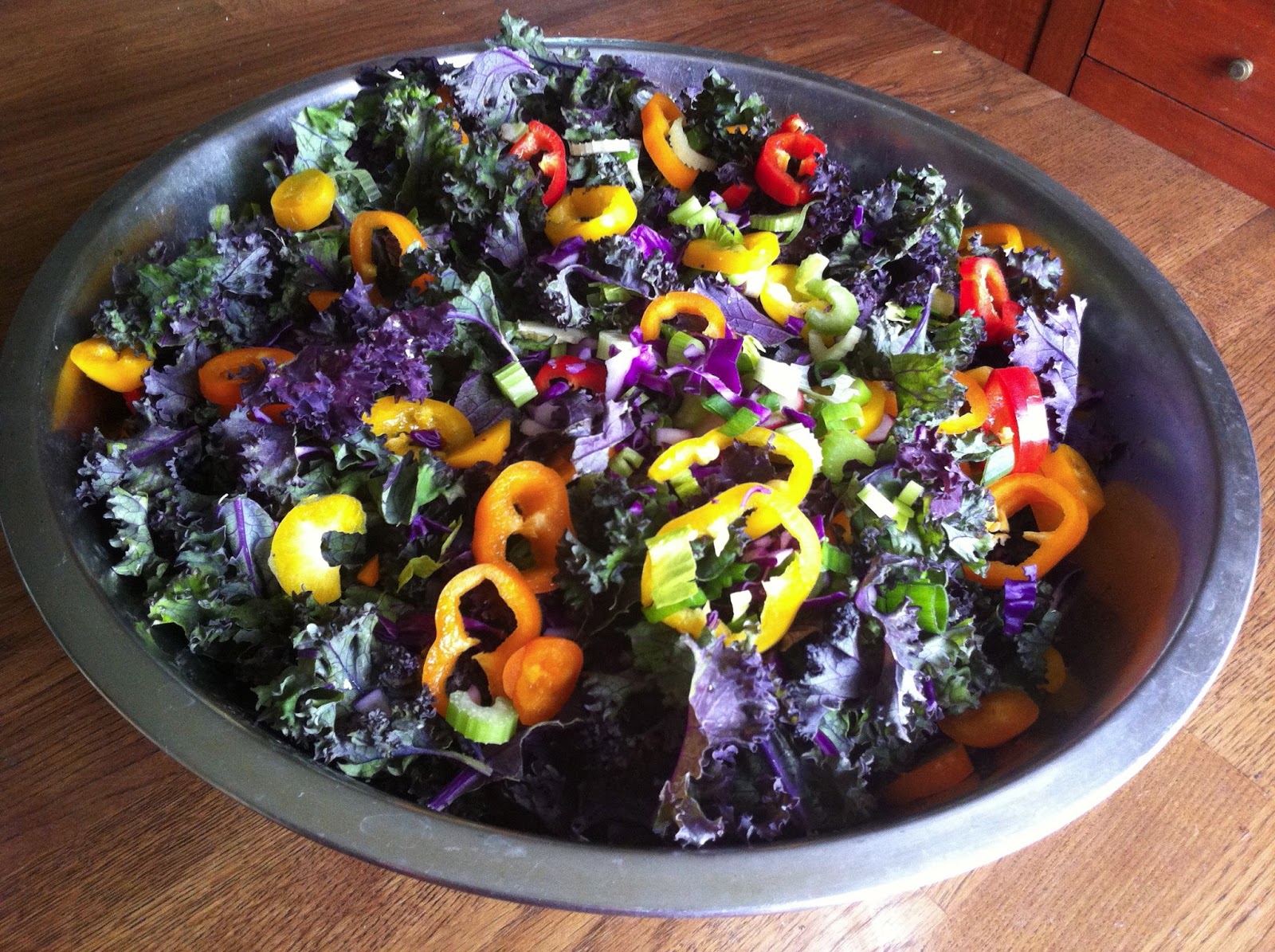Introduction to Purple Kale

Purple kale, a striking variety of the leafy green, is a captivating addition to any kitchen. Its vibrant hue and unique flavor profile have made it a popular choice among health-conscious individuals and culinary enthusiasts alike. This article delves into the fascinating world of purple kale, exploring its origins, nutritional benefits, and its versatility in cooking.
Origins and History of Purple Kale
Purple kale, a member of the Brassica oleracea family, is believed to have originated in the Mediterranean region, where it has been cultivated for centuries. It is a close relative of other popular leafy greens, such as cabbage, collard greens, and Brussels sprouts.
Purple kale’s vibrant color is a result of anthocyanins, pigments that provide antioxidant benefits and contribute to its distinctive flavor.
Nutritional Benefits of Purple Kale
Purple kale is a nutritional powerhouse, packed with essential vitamins, minerals, and antioxidants. It is an excellent source of vitamin K, which is crucial for blood clotting and bone health. Purple kale is also rich in vitamin C, an important antioxidant that supports immune function.
Additionally, it contains significant amounts of vitamin A, vitamin B6, and potassium.
Distinctive Characteristics of Purple Kale
Purple kale’s vibrant color is one of its most striking characteristics. Its leaves have a deep purple hue, which is due to the presence of anthocyanins. These pigments are also responsible for the slightly sweet and nutty flavor of purple kale.
Compared to other kale varieties, purple kale has a milder flavor and a more tender texture, making it a versatile ingredient in various culinary applications.
Purple Kale vs. Other Kale Varieties
Purple kale is a popular choice for its unique characteristics, but it’s important to understand its differences from other kale varieties. While all kale varieties share a similar nutritional profile, purple kale stands out with its distinctive flavor and color.
Green kale, for example, has a more bitter flavor and a tougher texture, while curly kale is known for its tightly curled leaves.
Versatility in Cooking
Purple kale’s versatility in cooking is one of its greatest assets. It can be used in a wide range of dishes, from salads and smoothies to soups and stir-fries. Purple kale’s vibrant color adds a touch of visual appeal to any dish, while its mild flavor complements a variety of ingredients.
It can be eaten raw, sautéed, roasted, or steamed, making it a versatile ingredient in any kitchen.
Culinary Uses of Purple Kale
Purple kale, with its vibrant color and slightly sweet, nutty flavor, is a versatile ingredient that can be incorporated into a wide array of dishes. It’s not just a pretty face; its distinct flavor profile and nutritional value make it a welcome addition to both traditional and contemporary cuisine.
Popular Purple Kale Recipes from the UK
Purple kale has gained popularity in UK kitchens, with chefs and home cooks alike finding creative ways to use it. Here’s a glimpse into some popular recipes:
- Purple Kale and Chickpea Curry:This vibrant curry combines the earthy flavor of purple kale with the richness of chickpeas and aromatic spices. The dish is typically cooked in a coconut milk base, adding a creamy texture and subtle sweetness.
- Purple Kale and Sausage Pasta:This hearty pasta dish features sautéed purple kale with Italian sausage, garlic, and a touch of red pepper flakes. The kale adds a welcome bitterness that balances the savory flavors of the sausage.
- Purple Kale and Apple Salad:This refreshing salad combines the earthy bitterness of purple kale with the sweetness of apples and a tangy vinaigrette. The addition of toasted nuts and seeds provides a delightful crunch.
Potential Pairings for Purple Kale
Purple kale’s unique flavor profile lends itself to a variety of complementary pairings, enhancing the overall taste and texture of dishes. Here are some suggestions:
- Citrus Fruits:The tartness of citrus fruits, such as lemon, orange, and grapefruit, cuts through the bitterness of purple kale, creating a balanced flavor profile.
- Nuts and Seeds:Toasted nuts and seeds, such as almonds, walnuts, pumpkin seeds, and sunflower seeds, provide a satisfying crunch and complement the earthy flavor of purple kale.
- Garlic and Onions:The savory flavors of garlic and onions enhance the bitterness of purple kale, creating a more complex and satisfying taste.
- Cheese:Creamy cheeses, such as goat cheese or ricotta, provide a contrasting texture and a touch of richness that balances the bitterness of purple kale.
Purple Kale Recipes from the UK
Purple kale, with its vibrant hue and distinct flavor, has become a popular ingredient in UK kitchens. Chefs and home cooks alike are embracing its versatility, incorporating it into a wide range of dishes, from hearty soups to refreshing salads.
This section will explore some popular UK recipes featuring purple kale, highlighting their unique ingredients and techniques.
Salads
Purple kale’s robust flavor and texture make it an excellent addition to salads, providing a delightful contrast to lighter ingredients.
- Purple Kale and Roasted Sweet Potato Salad:This salad combines the sweetness of roasted sweet potato with the earthy bitterness of purple kale. To enhance the flavor, toss the kale with a vibrant dressing made with honey, Dijon mustard, and apple cider vinegar. A sprinkle of toasted pecans adds a satisfying crunch.
- Purple Kale and Apple Salad with Walnut Dressing:This salad offers a refreshing combination of sweet and savory flavors. Thinly sliced apples provide a crisp counterpoint to the hearty kale, while a creamy walnut dressing adds a rich and nutty dimension.
Smoothies
Purple kale’s nutritional value makes it a perfect addition to smoothies. Its mild flavor blends seamlessly with other ingredients, creating delicious and healthy beverages.
- Green Goddess Smoothie:This smoothie combines purple kale with other nutrient-rich ingredients like spinach, avocado, and banana. A squeeze of lemon juice adds a bright, tangy note, while a touch of honey balances the sweetness.
- Berry Blast Smoothie:This vibrant smoothie combines the sweetness of berries with the earthy flavor of purple kale. The addition of yogurt provides a creamy texture and a boost of protein.
Stir-Fries
Purple kale’s sturdy leaves hold up well in stir-fries, adding color and flavor to these quick and easy meals.
- Spicy Sichuan Stir-Fry:This stir-fry combines purple kale with a variety of vegetables, such as bell peppers, onions, and mushrooms. The addition of Sichuan peppercorns adds a unique, tingling heat, while a soy-based sauce provides a savory depth.
- Thai-Inspired Stir-Fry:This stir-fry combines purple kale with other Asian-inspired ingredients like tofu, ginger, and garlic. A sweet and spicy sauce, often made with fish sauce, chili peppers, and lime juice, adds a vibrant flavor profile.
Soups
Purple kale adds a beautiful color and depth of flavor to soups. Its hearty texture blends seamlessly with other ingredients, creating comforting and nourishing meals.
- Creamy Purple Kale and Potato Soup:This soup combines the earthy flavors of purple kale and potatoes with a creamy base made with milk or cream. A touch of nutmeg adds warmth and complexity, while a sprinkle of toasted walnuts provides a satisfying crunch.
- Spicy Lentil Soup with Purple Kale:This soup combines the protein-rich lentils with the earthy flavor of purple kale. A spicy kick is added with the inclusion of chili peppers, while a touch of lemon juice brightens the flavor.
Tips for Growing Purple Kale

Purple kale is a striking addition to any garden, offering not only vibrant color but also delicious, nutritious leaves. Growing purple kale in the UK is a rewarding experience, but it requires some specific knowledge to ensure success. Here’s a guide to help you cultivate this beautiful and flavorful vegetable.
Optimal Planting Times
The best time to plant purple kale in the UK is in the spring or early summer. You can sow seeds directly into the ground after the last frost, usually around April or May. Alternatively, you can start seeds indoors in March and transplant them outdoors once the weather has warmed up.
For a continuous harvest, you can also sow seeds in late summer for a fall harvest.
Soil Conditions
Purple kale thrives in well-drained, fertile soil. It prefers a slightly acidic pH of 6.0 to 6.5. Before planting, enrich the soil with compost or well-rotted manure.
Care Requirements
Purple kale needs consistent moisture, especially during the growing season. Water regularly, especially during dry spells. Ensure the soil is moist but not waterlogged. Mulching around the plants helps to retain moisture and suppress weeds.
Harvesting Purple Kale
Harvesting purple kale at the right stage is crucial for optimal flavor and texture. The leaves should be young and tender for the best taste. You can start harvesting leaves when they are about 6-8 inches long. Pick outer leaves, leaving the inner ones to continue growing.
Regular harvesting encourages new growth and prevents the plant from bolting, which can make the leaves bitter.
Potential Challenges of Growing Purple Kale
While growing purple kale is generally straightforward, some challenges can arise.
Pests and Diseases
Purple kale is susceptible to pests such as aphids, cabbage white butterflies, and slugs. Aphids can be controlled by spraying with a strong jet of water or using insecticidal soap. Cabbage white butterflies can be deterred by covering the plants with netting.
Slugs can be controlled by using slug pellets or by creating a barrier around the plants with copper tape.
Fungal Diseases
Fungal diseases, such as downy mildew and black rot, can also affect purple kale. These diseases are often favored by wet conditions. Good drainage and spacing between plants can help prevent these problems.
End of Discussion

Purple kale isn’t just a trendy ingredient; it’s a versatile and nutritious powerhouse. Whether you’re a seasoned cook or a culinary novice, exploring the world of purple kale recipes is an adventure in flavor and health. So, get creative, embrace the purple, and enjoy the delicious possibilities!